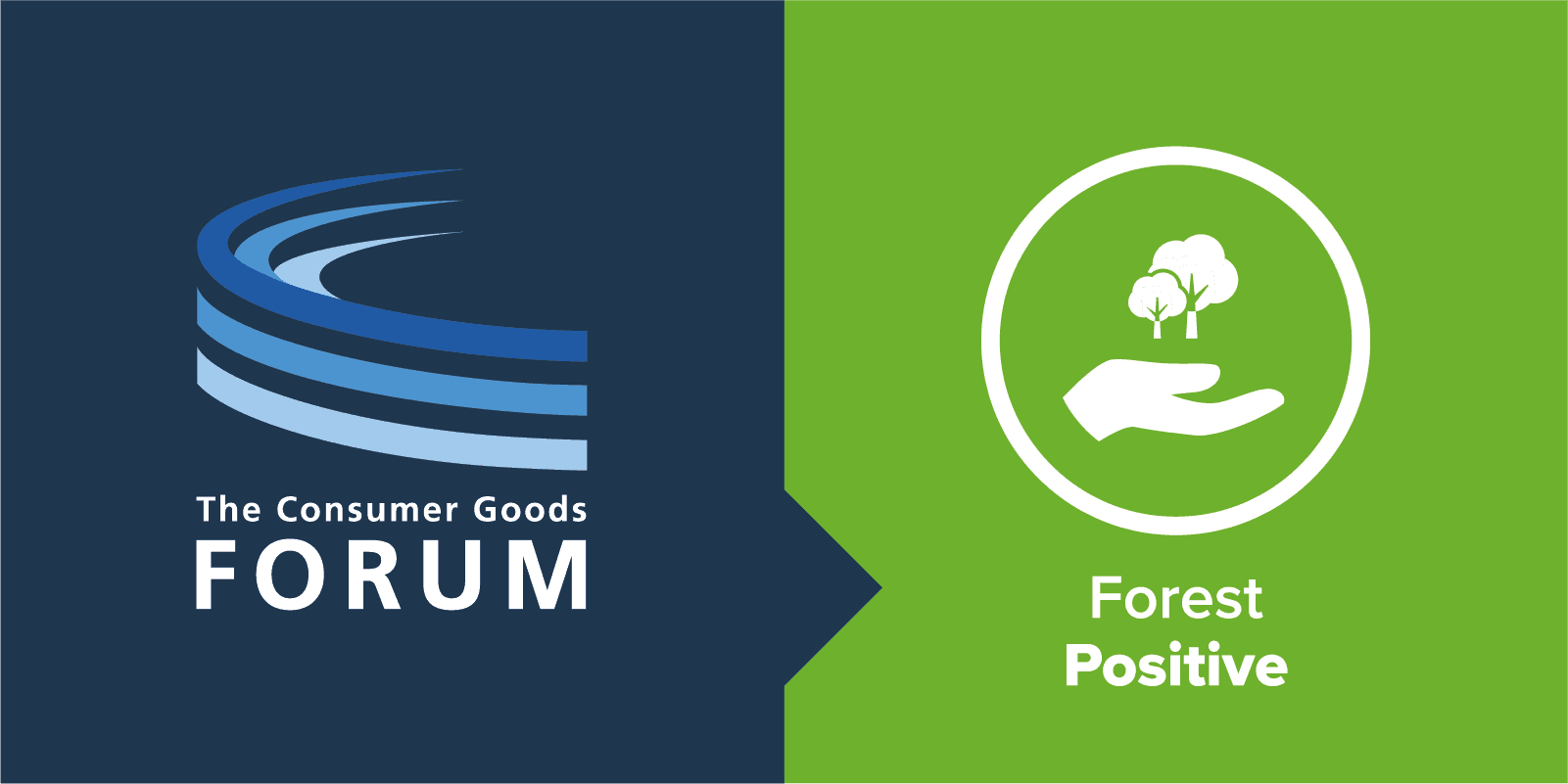
About
ABOUT THE LANDSCAPE
Sintang landscape is a district located in southwestern Borneo, belonging to the West Kalimantan province in Indonesia. The district encompasses an area of 2.2 million hectares and is the third-largest district in the province. It borders Sarawak, Malaysia, to the north and is administratively divided into 14 sub-districts, 16 urban villages, and 391 rural villages. Of its population, 81.51% reside in rural areas, and more settlements overlap with forest areas. Besides that, 8.18% live below the poverty line, with the unemployment rate is 2.92%.
Sintang district features a rich and diverse landscape. It lies within the Heart of Borneo (HoB) region and is traversed by the Kapuas river, the longest river in Indonesia. It covers 922,005.59 hectares of intact natural ecosystems, and 29.18% of the landscape is designated as protected areas, consisting of conservation areas, protected forest, peatlands, river and riverbanks, protected lakes, and eco-cultural areas. It is part of the remaining tropical rainforest of Borneo, some of the most biodiverse on Earth, one of which is the Bornean Orangutan. Approximately 41% of the district is classified as other use areas (APL), primarily dominated by agricultural commodity production. The main commodities are oil palm, natural rubber, pepper, coffee, and cacao, with oil palm cultivation being the leading commodities. In 2022, it spans an area of 202,748.38 hectares, with 46 companies, 11 mills, and 14,823 smallholder farmers contributing to an annual yield of 3.81 tons/hectares, making it one of the oil palm-growing regions in Indonesia.
The district’s economy is primarily driven by land and natural resource-based sectors, particularly agriculture, forestry, and fisheries. These sectors contribute the largest share to the district revenue at 23.35% and play an important role in national economic development. However, this has driven the high rate of land use change, particularly for agricultural expansion, which increases the chances of forest loss and degradation.
A key feature of the Sintang district, are the political will and leadership of its district leader, who demonstrate openness to collaboration in advancing sustainable development. The district declared itself a “Sustainable District”, with actively supports and encourages from the landscape partners and stakeholders in delivering its sustainability commitment. Its commitment to be Sustainable District strengthened by the District Action Plan for Sustainable Oil Palm (RAD-KSB), the District Action Plan for Sintang Lestari (RAD-SL), and the Collective Landscape Action Plan (CLAP). It is supported by multiple multi-stakeholder fora, are the District Platform for Sustainable Oil Palm (TPD-KSB) and the Joint-Secretariat for Sustainable Development (SekBer). It is bring together stakeholders to conducted sustainability initiatives, with intervention and focus on community-based economic development and empowerment program, encouraging community-based natural resources management initiatives and protecting essential ecosystem areas, encouraging sustainable plantation management, as well as designation of High Conservation Value (HCV) areas.
SINTANG LANDSCAPE INITIATIVE:
Since 2018, the Rainforest Alliance has been working in the Sintang landscape to promote an integrated landscape management approach and develop transformative solutions in advancing sustainability at scale with a multi-stakeholder approach to address environmental and social challenges associated with commodity-driven deforestation in advancing sustainability at scale with a multi-stakeholder approach, by strengthening delivery of the district government’s sustainability commitments and fostering sustainable production practices towards ethical supply chains.
As a key development partner of the district government, the Rainforest Alliance implements its initiatives through 3 strategic approaches: 1) Aligning stakeholders through landscape partnership; 2) Smallholder inclusiveness; and 3) Landscape sustainability at scale and systemic thinking modeling. Multiple collaborative efforts are being conducted by the Rainforest Alliance, including in partnership with TPD-KSB to support the implementation, monitoring, and evaluation of RAD-KSB and facilitate landscape partnerships through the development of CLAP, with 4 shared-goals agreed upon by the landscape stakeholders, are 1) Develop an inclusive economy; 2) Fulfill the community’s basic needs; 3) Protect and restore the ecosystem; and 4) Develop an effective governance innovation.

